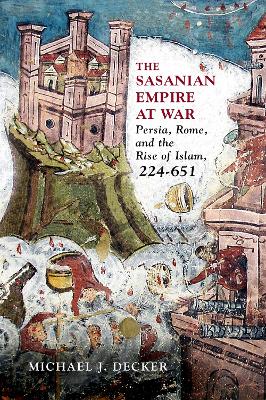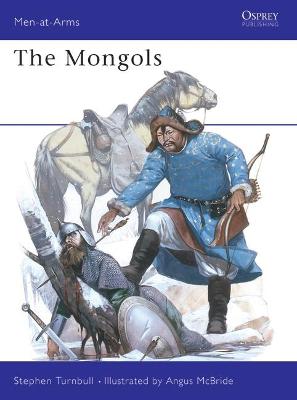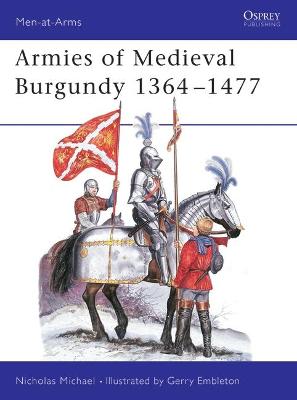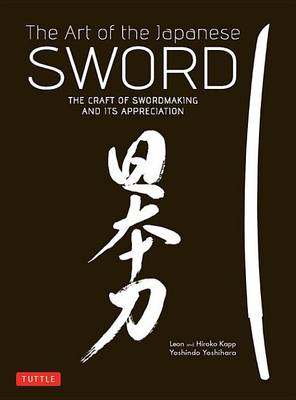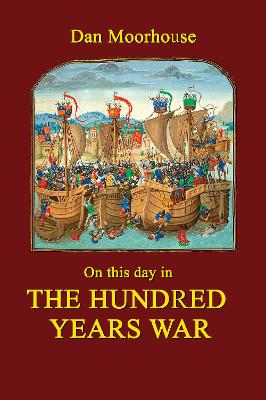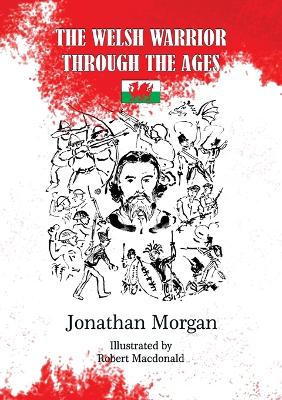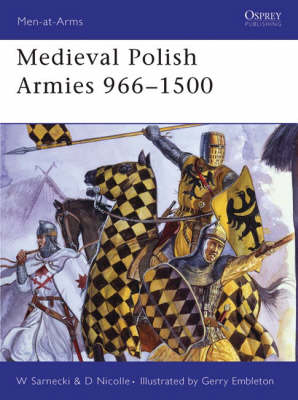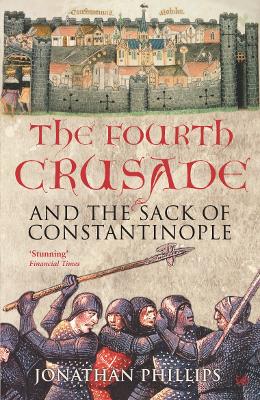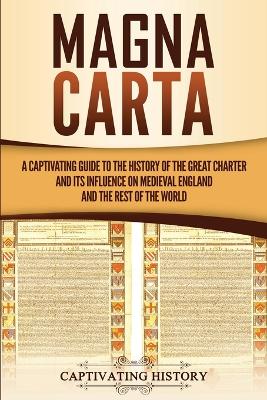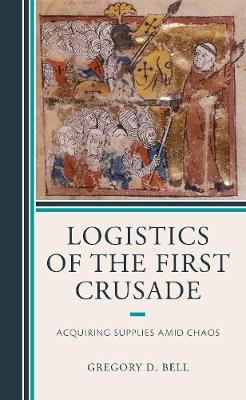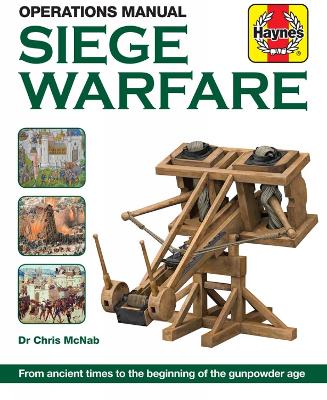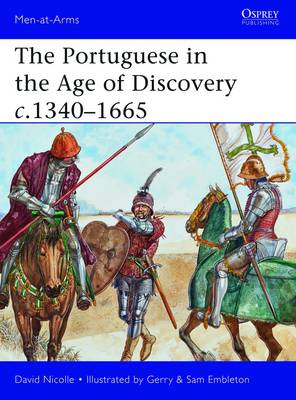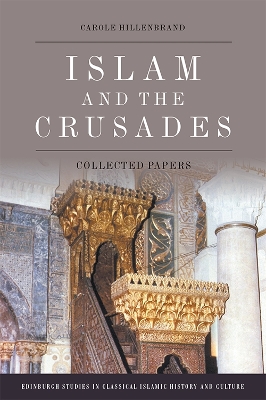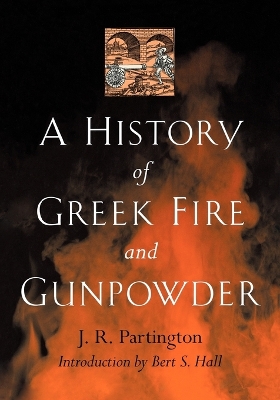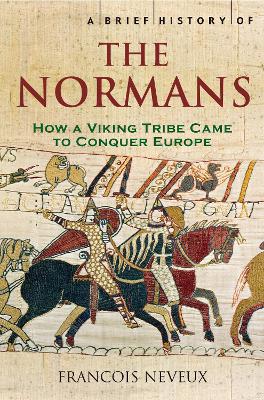The history of the Mongol armies is a catalogue of superlatives. No armies in history have ever won so many battles or conquered so much territory. No army has ever provoked such justifiable terror and loathing in its victims, or slaughtered so many of its vanquished. What other army in history has marched on Russia in the winter and survived, let alone won victories? The stories of these and many other amazing feats of this 'barbarian' people are here brought vividly to life by Stephen Turnbull...
Armies of Medieval Burgundy 1364-1477 (Men-at-Arms, #144)
by Nicholas Michael
King John the Good of France was captured by the English at the battle of Poitiers in 1356; his 14-year-old son Philip fought valiantly by his side until the bitter end, and as soon as he was in a position to do so, King John rewarded his son's courage and devotion by designating him Duke of Burgundy, a title that by chance had just become extinct. Philip was the first of the Valois Dukes of Burgundy and this fascinating text by Nicholas Michael examines the functioning and organisation of the B...
The Art of the Japanese Sword
by Yoshindo Yoshihara, Leon Kapp, and Hiroko Kapp
In The Art of the Japanese Sword, master swordsmith Yoshindo Yoshihara offers a detailed look at the entire process of Japanese sword making, including the finishing and appreciation of Japanese blades. Japanese sword art stands out in many ways: functionality as a weapon, sophisticated metallurgy and metalsmithing, the shape of the blade itself-all contribute to the beauty of these remarkable weapons. The Art of the Japanese Sword conveys to the reader Japanese samurai sword history and Japane...
The Anglo-Saxon Chronicle
The Anglo-Saxon Chronicle can be regarded as the most important work written in English in pre-Norman times: the beginnings of English prose are found in the annals, written in an age when Latin was the language of documentation. This book presents the text and a study of the Chronicle.
Sébastien Mamerot. A Chronicle of the Crusades (Bibliotheca Universalis)
by Thierry Delcourt, Fabrice Masanes, and Danielle Queruel
Completed circa 1474, Sébastien Mamerot’s lavishly illustrated manuscript is the only contemporary document to describe several centuries of French crusades, when successive kings tried to seize the Holy Land. Jean Colombe, the medieval illuminator best known for his work on the Très Riches Heures du Duc de Berry, is the principal artist of its 66 exquisite miniatures.Les Passages d’Outremer (The Expeditions to Overseas) comprises 277 parchment folios, illustrated by Colombe and the finest calig...
Medieval Polish Armies 966-1500 (Men-at-Arms, #445)
by David Nicolle
The history of Poland is a fascinating story of a people struggling to achieve nationhood in the face of internal and external conflict. Poland became a unified Christian state in AD 966 and by the 12th century a knightly class had emerged - a force that was integral to the defence of Poland against increasingly frequent foreign invasions. Intent on crushing rival Christian states, the Templars, Hospitallers and Teutonic Knights all mounted attacks but were beaten back by the Poles, as were inva...
In April 1204, the armies of Western Christendom wrote another bloodstained chapter in the history of holy war. Two years earlier, aflame with religious zeal, the Fourth Crusade set out to free Jerusalem from the grip of Islam. But after a dramatic series of events, the crusaders turned their weapons against the Christian city of Constantinople, the heart of the Byzantine Empire and the greatest metropolis in the known world. The crusaders spared no one in their savagery: they murdered and ra...
In the late eleventh century, tens of thousands of people-knights and peasants, men and women, priests and lords-set out on a long and arduous journey to retake the holy city of Jerusalem. They traveled thousands of miles across difficult terrain and into hostile territory. How did they accomplish this remarkable task? How did they move through such an ever-changing and diverse landscape? Logistics of the First Crusade: Acquiring Supplies amid Chaos looks at the plans that they made and the meth...
Siege warfare is a demanding form of combat, which occupies a unique place in military history. In contrast to mobile combat, a siege centres on a fixed location, whether a simple hill fort or an entire walled city, and the attacking force has to utilize a
The instant Sunday Times bestseller A Times, New Statesman and Spectator Book of the Year 'Simply the best popular history of the Middle Ages there is' Sunday Times 'A great achievement, pulling together many strands with aplomb' Peter Frankopan, Spectator, Books of the Year 'It's so delightful to encounter a skilled historian of such enormous energy who's never afraid of being entertaining' The Times, Books of the Year 'An amazing masterly gripping panorama' Simon Sebag Montefiore 'A bada...
When a band of Norman adventurers arrived in southern Italy to fight in the Lombard insurrections against the Byzantine empire in the early 1000s, few would have predicted that within a few generations, by force of arms, some of these men and other later arrivals would seize control of Apulia, Campania, Calabria and Sicily. How did they make such extraordinary gains and then consolidate their power? Paul Brown, in this thoroughly researched and absorbing study, seeks to answer these questions an...
The Portuguese in the Age of Discovery c.1340-1665 (Men-at-Arms)
by David Nicolle
From humble beginnings, in the course of three centuries the Portuguese built the world's first truly global empire, stretching from modern Brazil to sub-Saharan Africa and from India to the East Indies (Indonesia). Portugal had established its present-day borders by 1300 and the following century saw extensive warfare that confirmed Portugal's independence and allowed it to aspire to maritime expansion, sponsored by monarchs such as Prince Henry the Navigator. During this nearly 300-year period...
Islam and the Crusades (Edinburgh Studies in Classical Islamic History and Culture)
by Carole Hillenbrand
Sebastien Mamerot. Une Chronique Des Croisades (Bibliotheca Universalis)
by Thierry Delcourt, Fabrice Masanes, and Danielle Queruel
Military Diasporas
Military Diasporas proposes a new research approach to analyse the role of foreign military personnel as composite and partly imagined para-ethnic groups. These groups not only buttressed a state or empire’s military might but crucially connected, policed and administered (parts of) realms as a transcultural and transimperial class while representing the polity’s universal or at least cosmopolitan aspirations at court or on diplomatic and military missions. Case studies of foreign militaries wi...
Fully illustrated, this absorbing study assesses the warriors fighting on both sides during the Vikings' attacks on the Frankish realm in the 9th century, as raiding escalated into full-scale siege warfare. On the eve of the 9th century, Vikings first raided the Frankish Empire on the coast of what is now western France. Although this attack ended in disaster for the Scandinavians, Charlemagne reportedly wept, not in fear of his own life, but for the ensuing bloodshed brought upon his successor...
For nearly 600 years, from the battles of the early fourteenth century to the dropping of the atomic bomb at Hiroshima, firearms derived from gunpowder and other chemicals defined the frightful extent of war. The apparatus and materials used in World War I would have been familiar to our remote ancestors. In this classic work, first published in 1960, James Riddick Partington provides a worldwide survey of the evolution of incendiary devices, Greek fire, and gunpowder. Greek fire, a composition...
The history of the Normans began a long time before 1066. Originating from the 'Norsemen' they were one of the most successful warrior tribes of the Dark Ages that came to dominate Europe from the Baltic Sea to the island of Sicily and the borders of Eastern Europe. Beginning as Viking raiders in the eighth century, the Normans not only changed the landscape of Europe but were changed by their new conquests. As a military force they became unstoppable. As Conquerors, they established their own k...
Medieval European Armies (Men-at-Arms)
by Terence Wise and Gerry Embleton
Almost continual warfare raged in Europe during the period 1300-1500. These wars were the furnaces in which many of the modern European nations were forged. Parallel with this emergence of the nations came the development of national armies to protect the newly-won borders and independence, yet throughout this period the old feudal method of raising an army persisted. This fascinating study by Terence Wise explores the organisation, weapons and equipment of the armies who fought across medieval...
